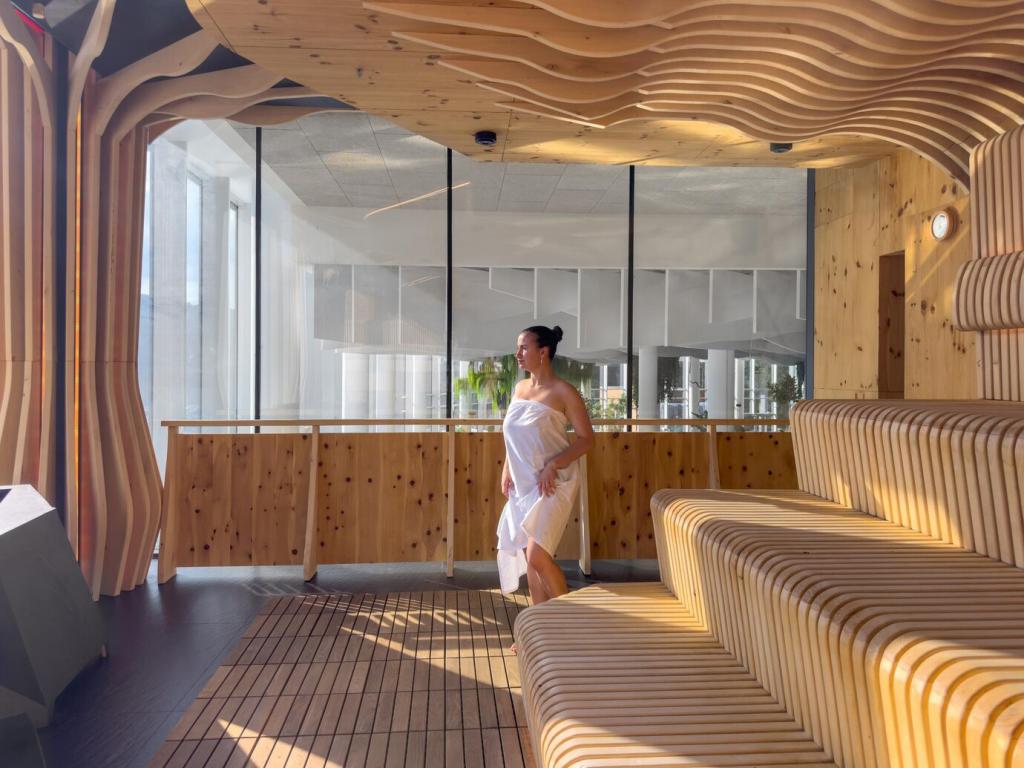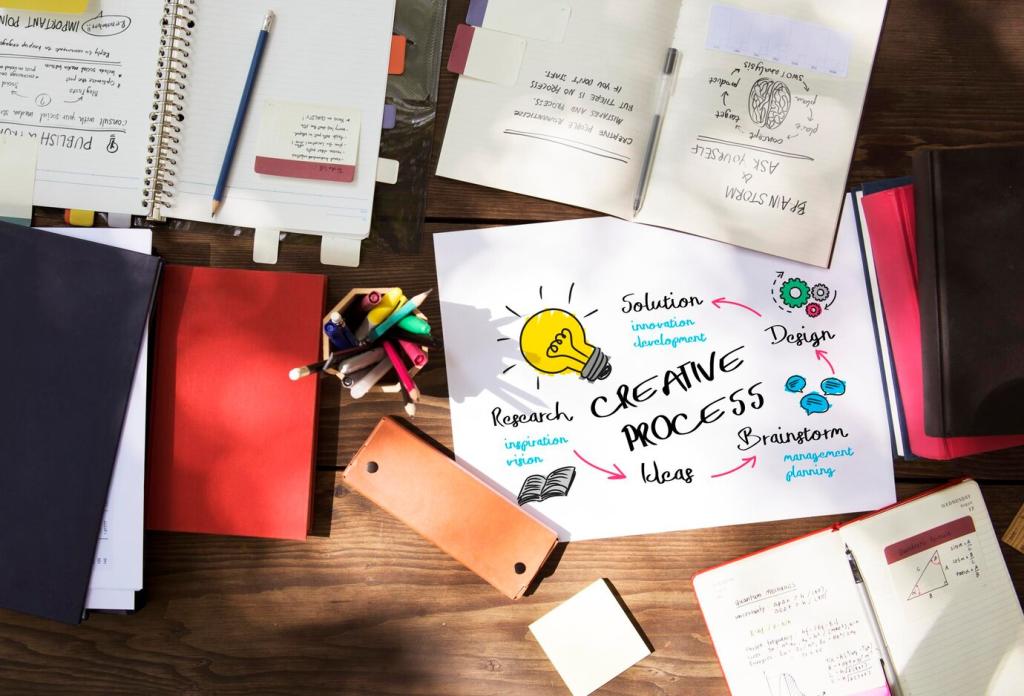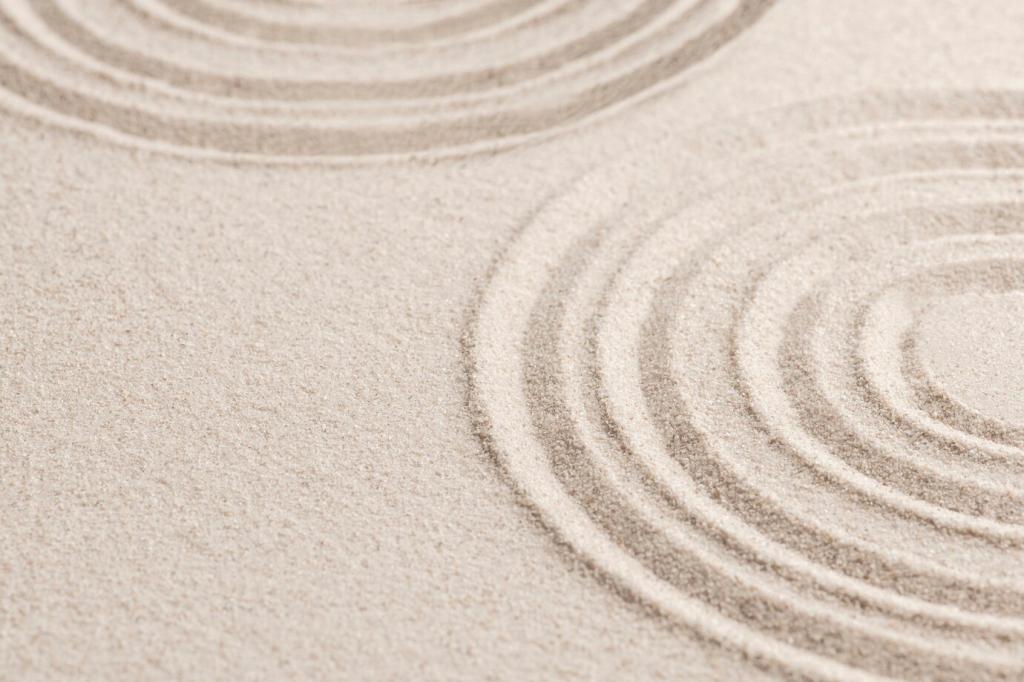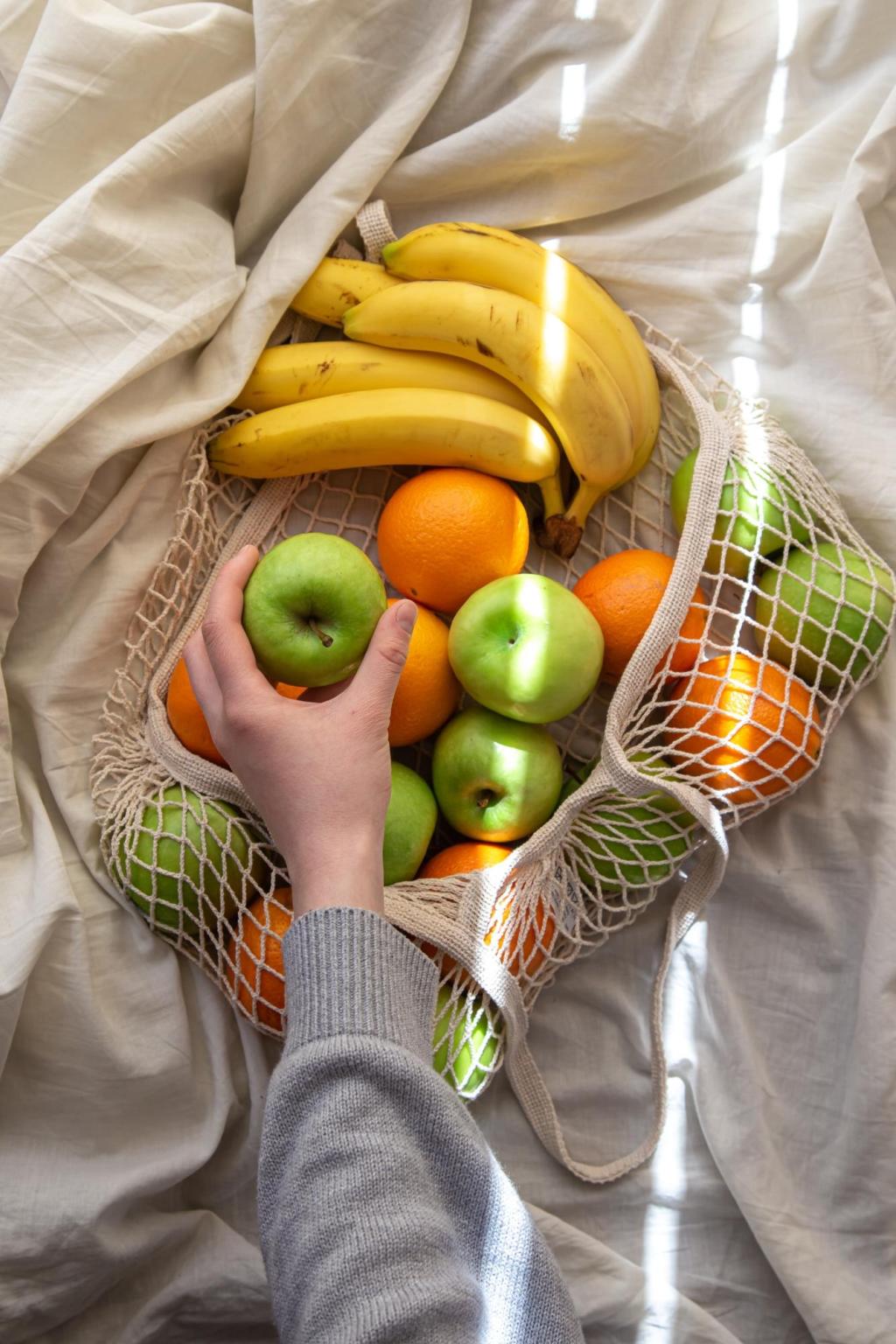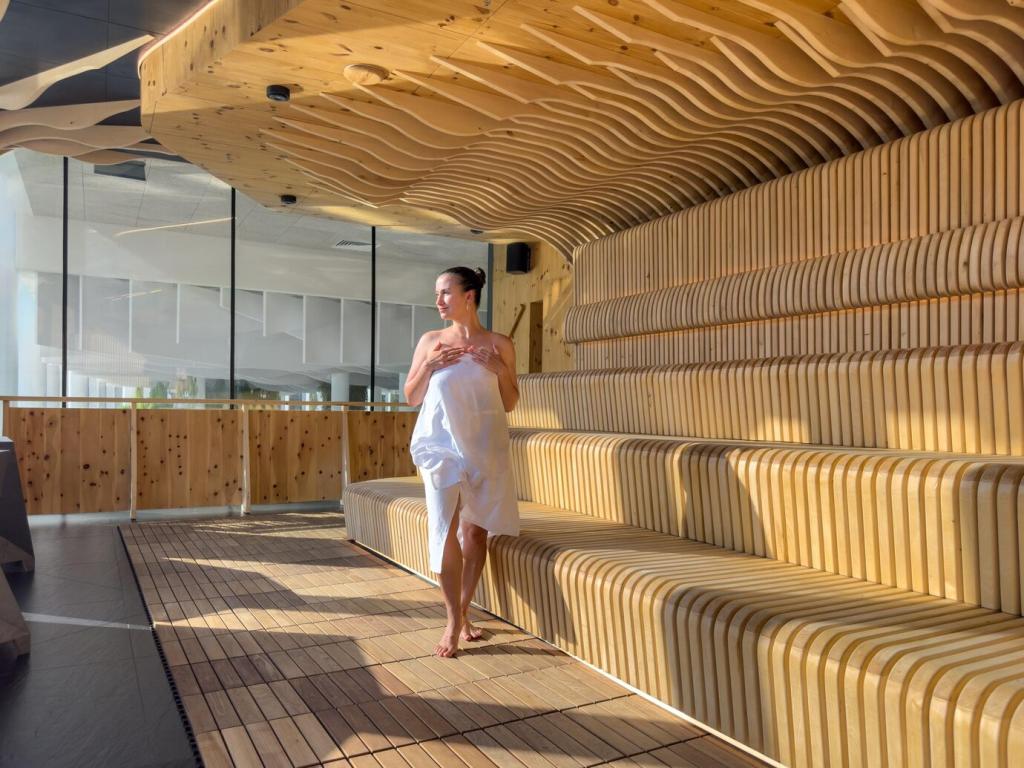Sustainable and Ethical Choices
Consider durable essentials with timeless lines. A solid oak table outlives trends, gathers stories, and resists the urge to keep replacing. If budget is tight, buy secondhand quality. Share a piece you repaired or refinished and what it taught you.
Sustainable and Ethical Choices
Look for solid wood, linen, steel, and low‑VOC finishes. Ask brands about sourcing and finishes before you commit. Want our simple checklist for mindful materials? Subscribe, and we will send the guide to support your next calm purchase.

